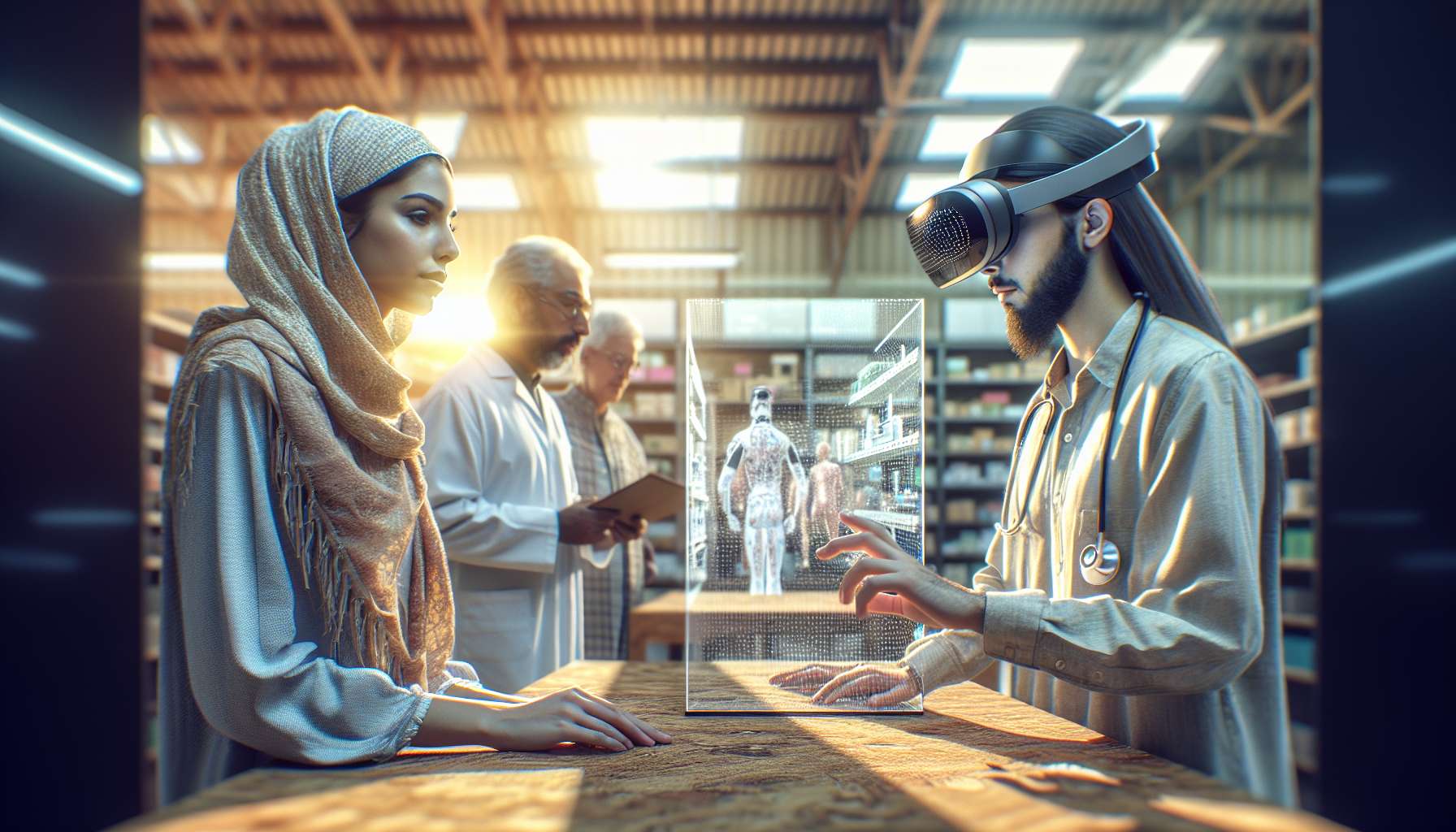How is Augmented Reality Changing Medical Device Sales?
Augmented reality (AR) has been making waves in various industries, and the healthcare sector is no exception. With its ability to overlay digital information onto the real world, AR is revolutionizing medical device sales and transforming the way businesses in this field operate. In this article, we will explore the impact of augmented reality on medical device sales and discuss the potential benefits it brings to the table.
Enhanced Product Visualization
One of the key advantages of augmented reality in medical device sales is its ability to provide enhanced product visualization. Traditionally, sales representatives would rely on brochures, catalogs, or static images to showcase their products. However, with AR, potential customers can now experience a virtual representation of the medical devices in real-time.
AR allows users to view and interact with 3D models of medical devices, giving them a better understanding of the product’s features, functionality, and size. This immersive experience helps potential buyers make more informed decisions, leading to increased sales and customer satisfaction.
Remote Product Demonstrations
Another significant advantage of AR in medical device sales is the ability to conduct remote product demonstrations. In the past, sales representatives would have to physically visit healthcare facilities to showcase their products, which could be time-consuming and costly.
With AR, sales teams can now remotely demonstrate medical devices to potential customers. By using AR-enabled devices such as smartphones or tablets, sales representatives can project virtual images of the devices onto the customer’s environment. This not only saves time and travel expenses but also allows for more frequent and efficient demonstrations.
Improved Training and Education
Augmented reality is also transforming the way medical device sales teams are trained and educated. With AR, sales representatives can undergo virtual training sessions that simulate real-life scenarios, allowing them to practice their sales pitches and product demonstrations in a risk-free environment.
Furthermore, AR can be used as a powerful educational tool for healthcare professionals. Surgeons, for example, can use AR to visualize complex procedures, study anatomical structures, and practice surgical techniques. This not only enhances their skills but also increases their confidence in using specific medical devices, ultimately driving sales.
Streamlined Customer Support
AR technology is also streamlining customer support in the medical device industry. With AR-enabled devices, customers can receive real-time assistance from sales representatives or technical support teams. By simply pointing their device’s camera at the device in question, customers can overlay digital instructions, troubleshooting guides, or even connect with a live representative for immediate assistance.
This streamlined customer support process not only improves customer satisfaction but also reduces the need for on-site visits or lengthy phone calls, saving time and resources for both the customer and the sales team.
The Future of Medical Device Sales
The potential of augmented reality in medical device sales is vast and continues to evolve. As technology advances, we can expect even more innovative applications of AR in this field. From personalized product recommendations based on patient data to virtual showrooms and interactive training modules, the future of medical device sales looks promising.
In conclusion, augmented reality is revolutionizing medical device sales by providing enhanced product visualization, enabling remote product demonstrations, improving training and education, and streamlining customer support. As businesses in the healthcare sector embrace this technology, they are likely to experience increased sales, improved customer satisfaction, and a competitive edge in the market.





